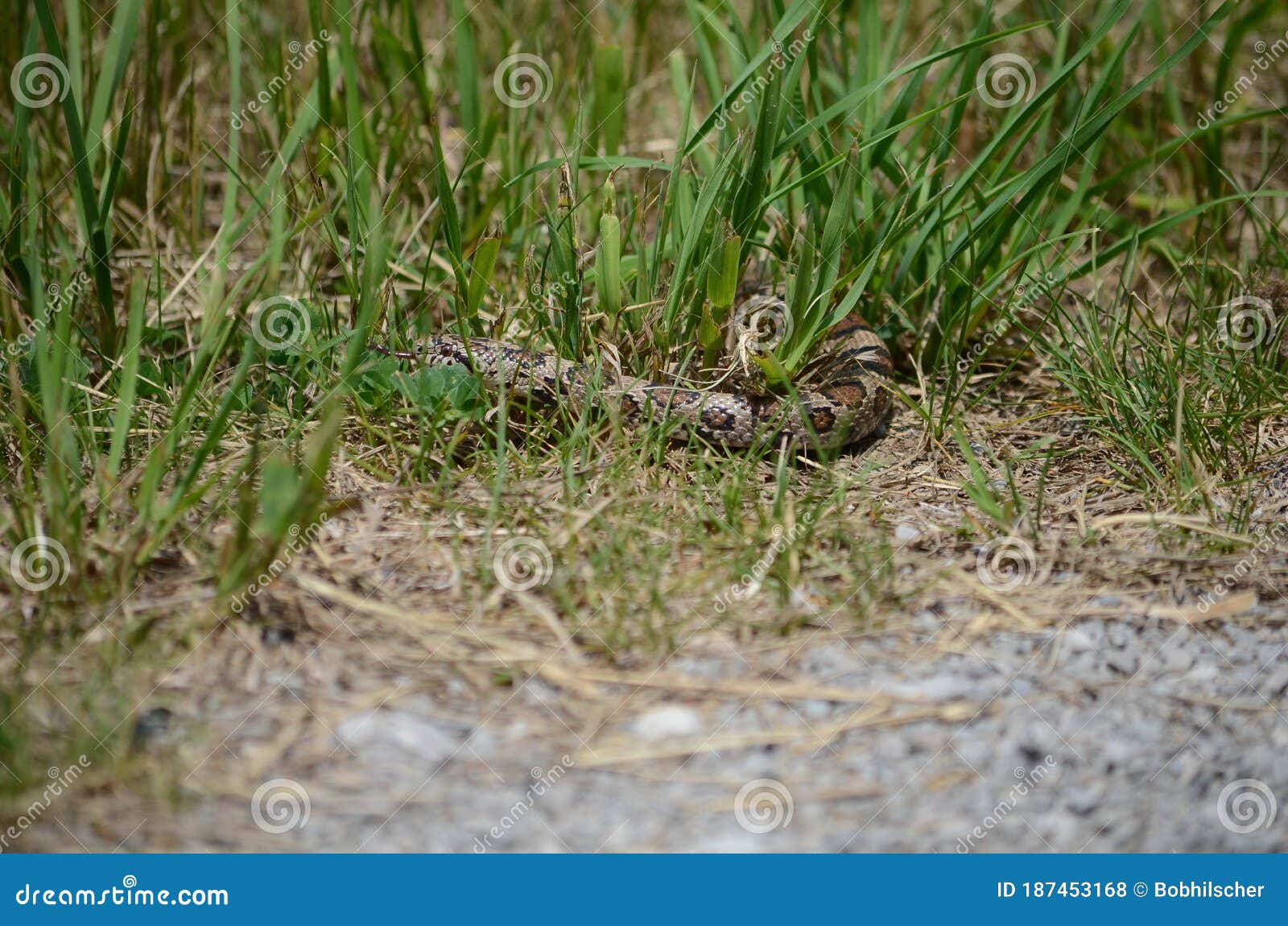

When it is wet or cool outside, they sometimes venture out during the day, according to Montana Outdoors magazine. Milk snakes are generally solitary and primarily nocturnal, being most active at night and dusk. Contrary to their namesake folktale, milk snakes do not frequent barns to "milk" the cows instead, they seek out the rodents living there. They like to spend much of the day under rocks, boards or hidden in dark places of barns. They most commonly like forested places but are also happy in fields, rocky outcroppings, agricultural areas and barns, according to the Savannah River Ecology Laboratory. Given their broad range, milk snakes must be able to thrive in a variety of habitats. In the United States, they can be found almost everywhere but the West Coast. They live throughout Mexico and Central America. According to Western Connecticut State University, they can be found as far north as Ontario and Quebec and as far south as Venezuela. Milk snakes have a wider geographic range than most snakes and have the biggest range of any snake in North America. But rattlesnakes and milk snakes don't look much alike rattlesnakes are duller colored and thicker than milk snakes. Again, this can cause problems when humans think they're looking at a dangerous rattler. Milk snakes sometimes try to trick predators into thinking they're rattlesnakes by shaking their tails. For example, "Red on yellow kills a fellow. In areas of the world where both species exist, there are a variety of rhymes, which have been used to help people distinguish the two. Coral snakes have red and yellow bands next to one another, while the harmless milk snake has red and black bands next to each other. "Coral snakes also have alternating bands of color, but the patterning differs between the two snakes. "Many subspecies of milk snakes overlap the venomous coral snake in range," Heyborne said. Some milk snakes' coloration is similar to the dangerous coral snake. Milk snakes' bands are rounded and thick, while copperheads' splotches have a distinctive hourglass shape. Humans often kill harmless milk snakes, thinking they're dangerous.Īccording to the Savannah River Ecology Laboratory, one easy way to tell milk snakes from copperheads is by paying attention to the shape of their blotches. It can be an effective defensive strategy, but has caused milk snakes other problems. "This type of mimicry, where a harmless species mimics a harmful species, is known as Batesian mimicry," said Heyborne. Nonvenomous milk snakes evolved to look like these venomous species in order to scare predators. They are often confused with copperheads and coral snakes because they all have bright, blotchy coloration. "Milk snakes are well known for their use of mimicry as a defensive strategy," Heyborne said. Like many nonvenomous snakes, milk snakes have round pupils, according to PA. Milk snakes are sexually alike, meaning that males and females grow to the same length and have the same coloration and patterns. Milk snakes have between 19 and 23 rows of scales, which are smooth. Milk snakes in the United States and Canada don't grow beyond 51 inches (129 cm). The longest snakes are found in Central and South America. Milk snakes range from 14 to 69 inches (35.5 to 175 centimeters) long, according to ADW. Many milk snakes have a light-colored Y or V shape on their necks. The lighter area separating the colorful bands can be white, yellow or orange. "These bands can vary in color from white to red to black, and alternating bands of differing colors are common," he said. The appearance and coloration of milk snakes varies somewhat among the 24 subspecies, but all have banded coloration, said Heyborne.


 0 kommentar(er)
0 kommentar(er)
